Laser cleaning has quickly become a go-to solution in industries such as mining, manufacturing, shipbuilding, and even cultural restoration. By directing high-powered pulsed lasers onto a surface, contaminants like rust, oil, and paint can be removed without chemicals or abrasive methods. But with this technology comes significant safety risks—especially to the eyes.
Invisible Yet Dangerous
Many laser cleaning systems operate around 1064 nm, a wavelength in the near-infrared range. The challenge with this type of radiation is that it’s invisible to the human eye. You won’t see it coming, and natural blink reflexes offer no protection. This means that even stray reflections from a workpiece can pose a hazard, not just the direct beam.
The Optical Density (OD) rating of laser glasses defines how much they reduce laser light at a specific wavelength. For laser cleaning applications, OD 10+ at 1064 nm and surrounding wavelengths is considered the safest choice. This level of protection cuts the beam intensity by a factor of ten billion, ensuring operators are shielded even against powerful Q-switched or pulsed laser systems.
Safety Standards in Australia
Laser safety eyewear must comply with recognised standards to ensure reliability in demanding conditions:
-
AS/NZS 1337.5 and AS/NZS ISO 19818.1:2023 – Australian and New Zealand laser safety standards
-
ANSI Z136 (US FDA) and EN207/208 (European CE) – confirming global compliance and performance under direct exposure
These certifications verify that the eyewear is built to withstand the high peak powers common in industrial cleaning lasers.
Where They’re Used
OD 10+ glasses are especially relevant in:
-
Heavy industry – for removing rust, paint, and scale from machinery and metal parts
-
Transport and shipyards – for surface preparation and cleaning before coating
-
Heritage restoration – where precise, non-destructive cleaning is essential
